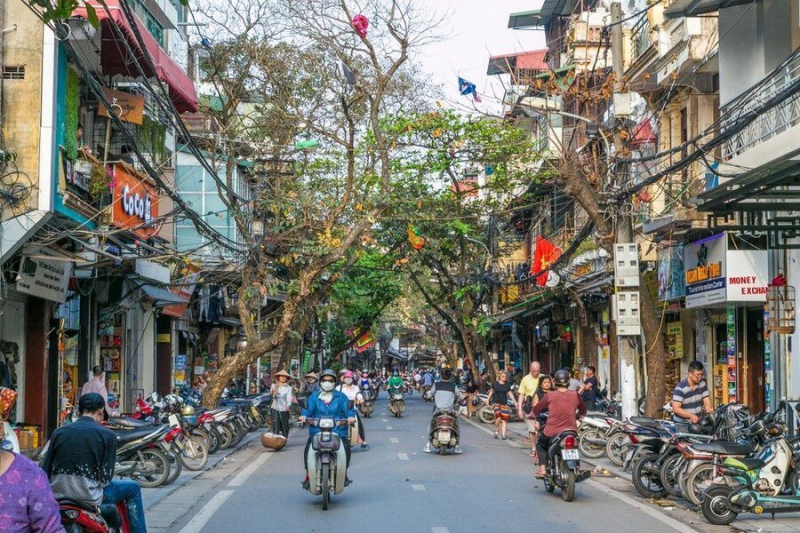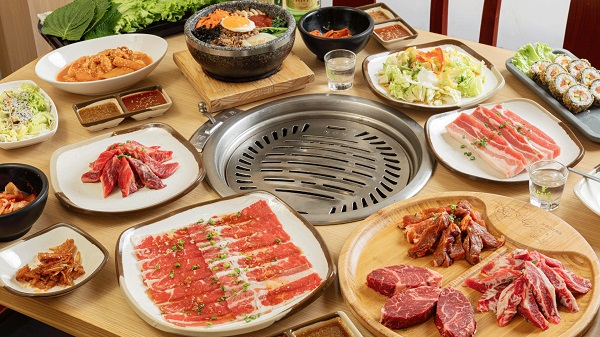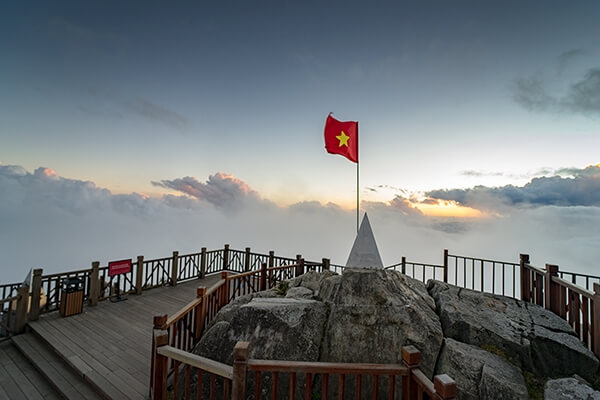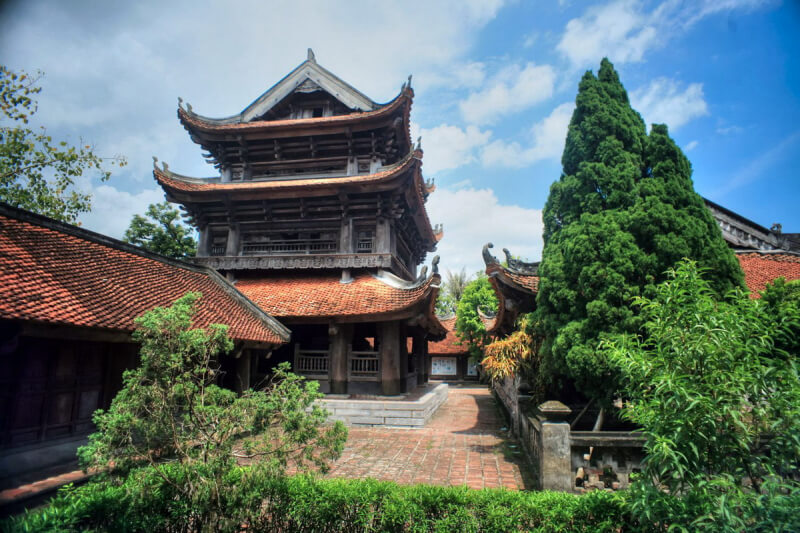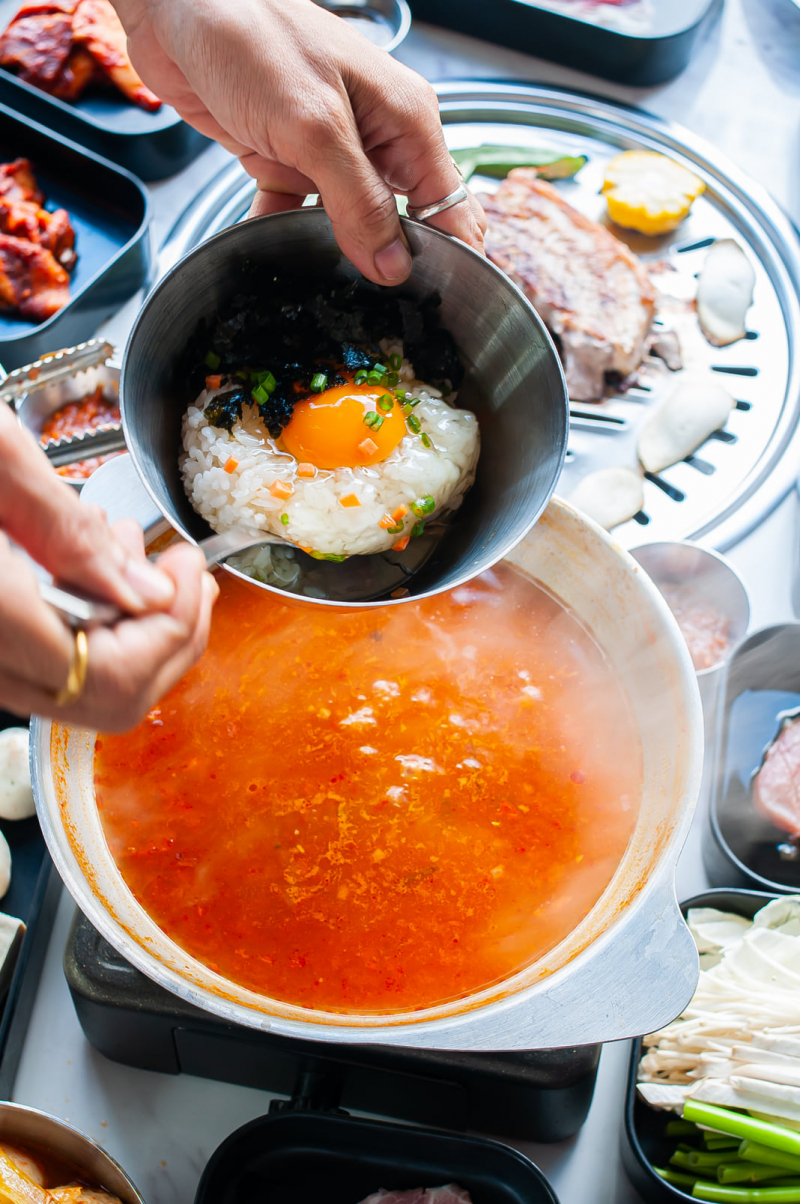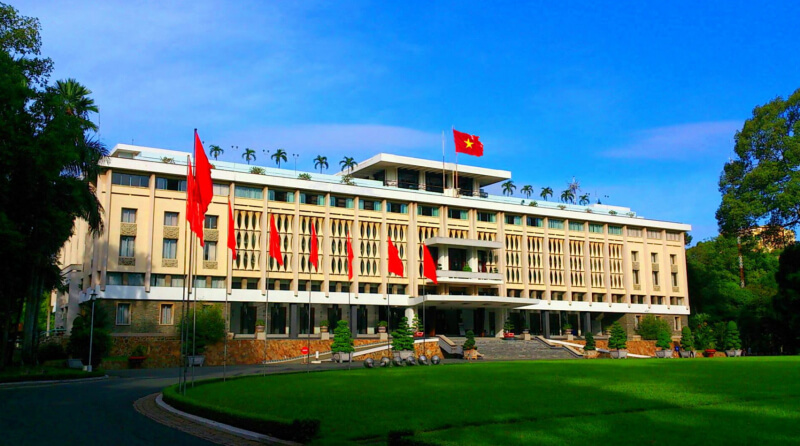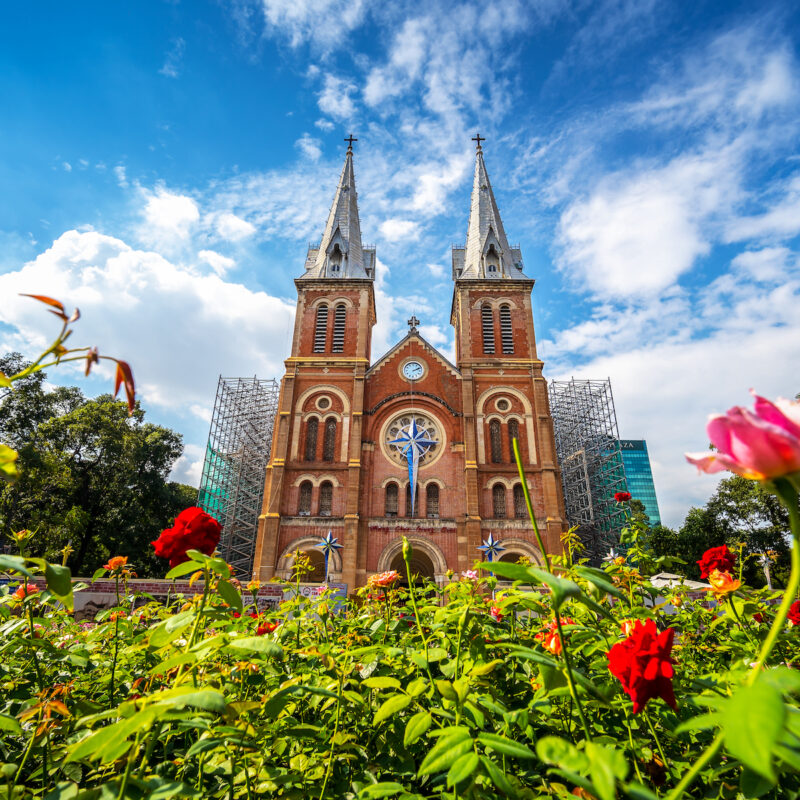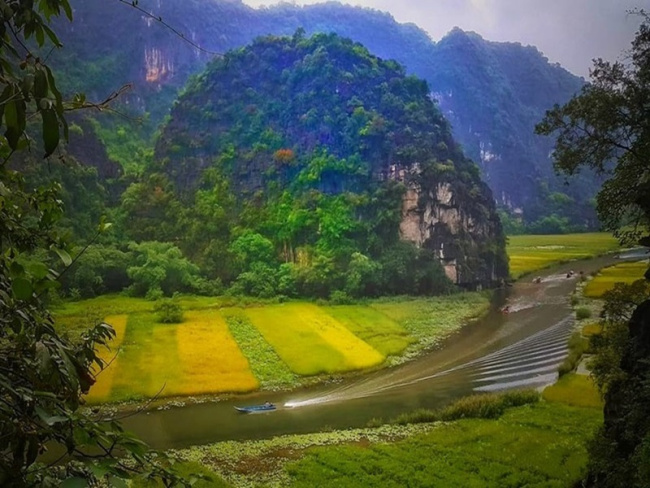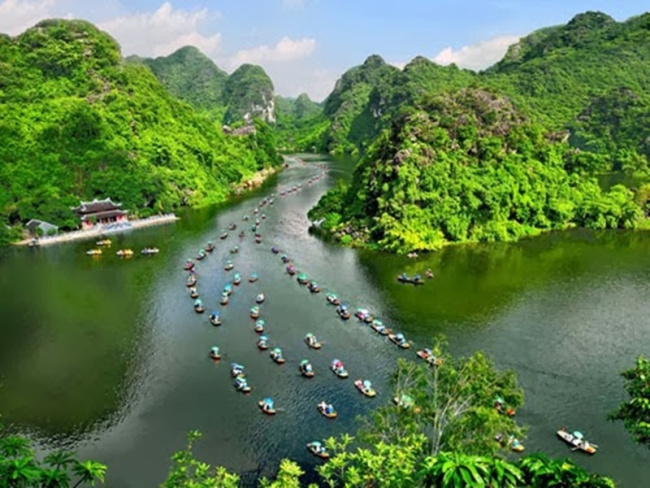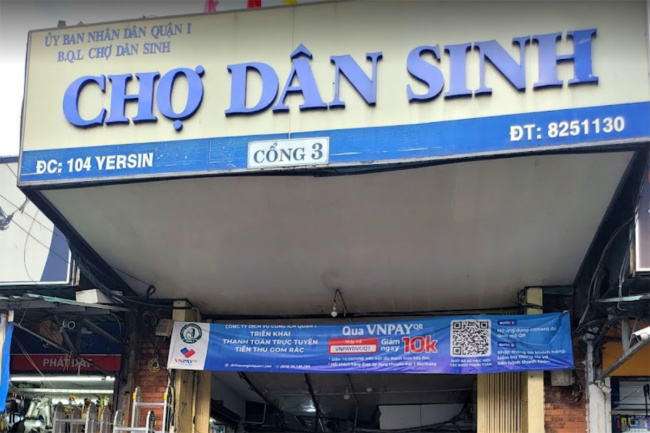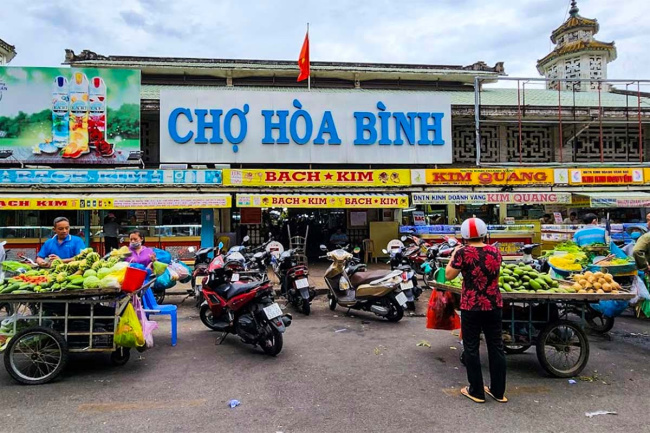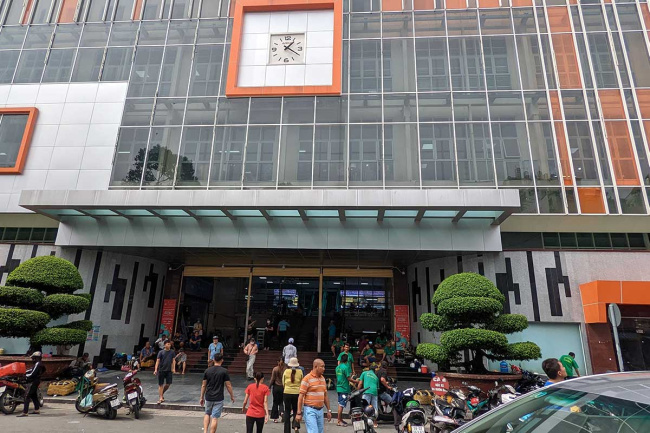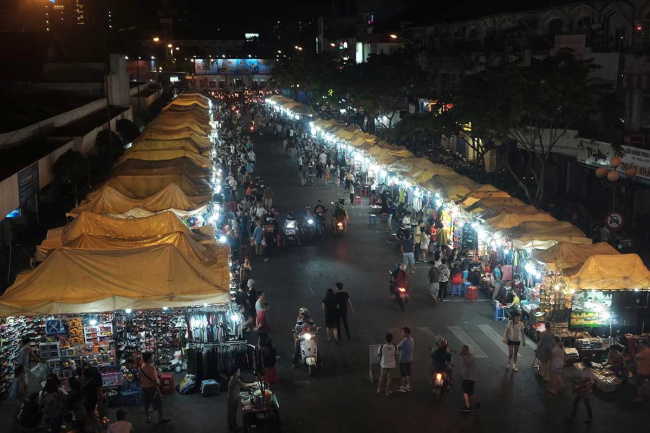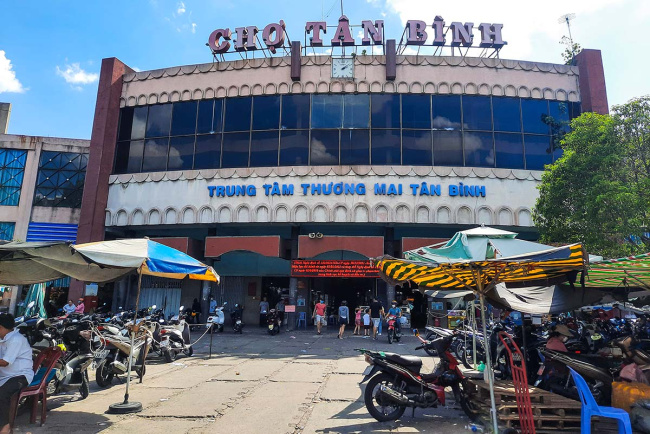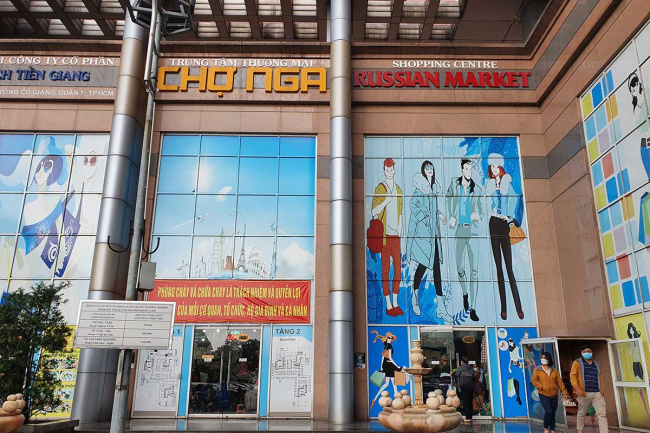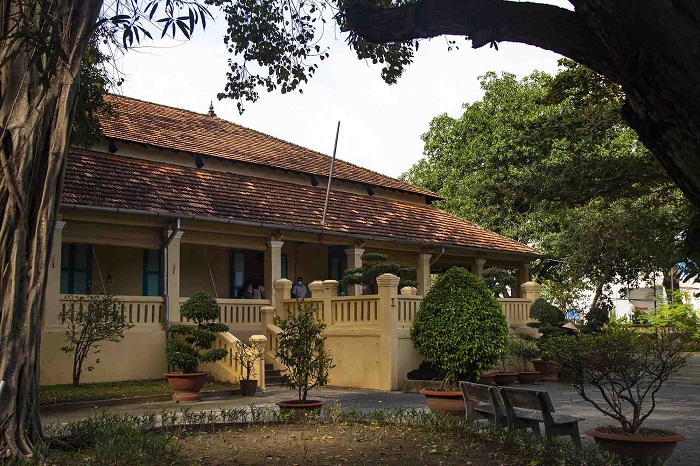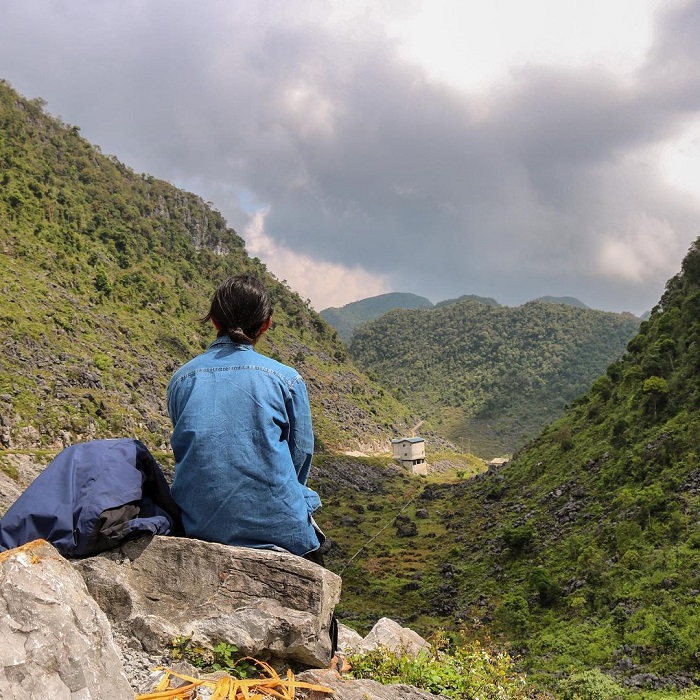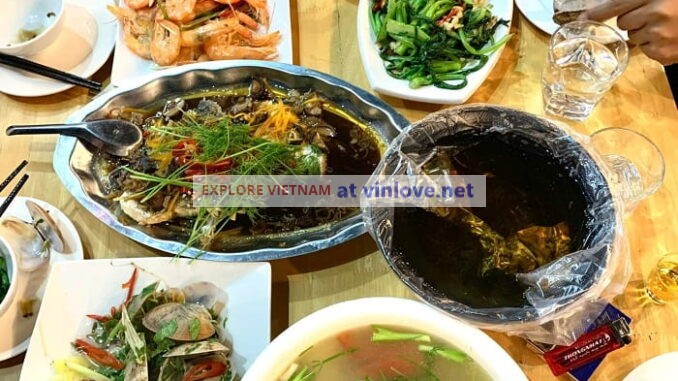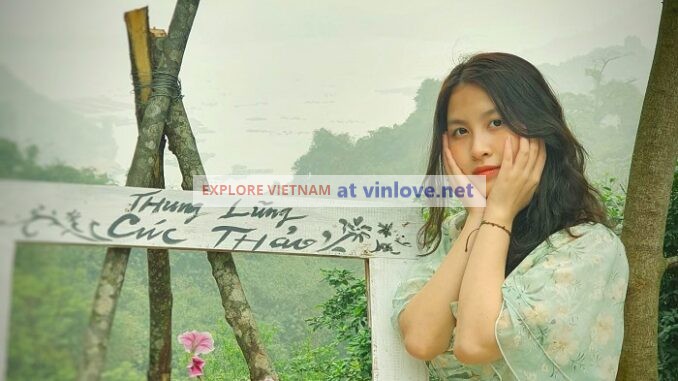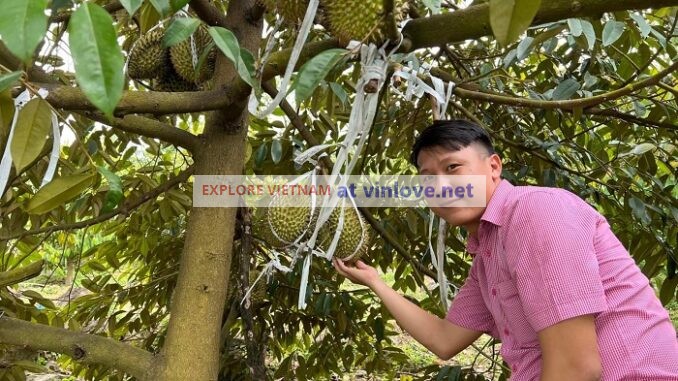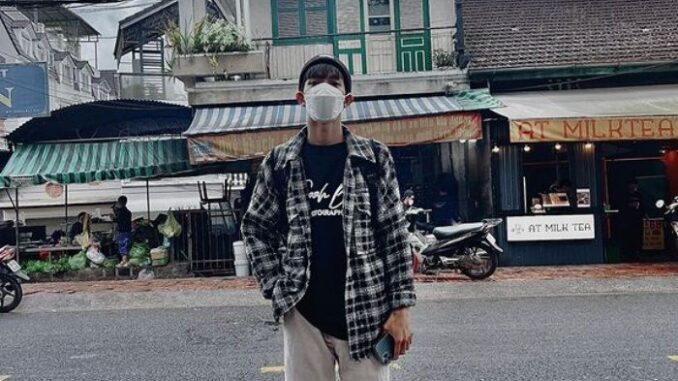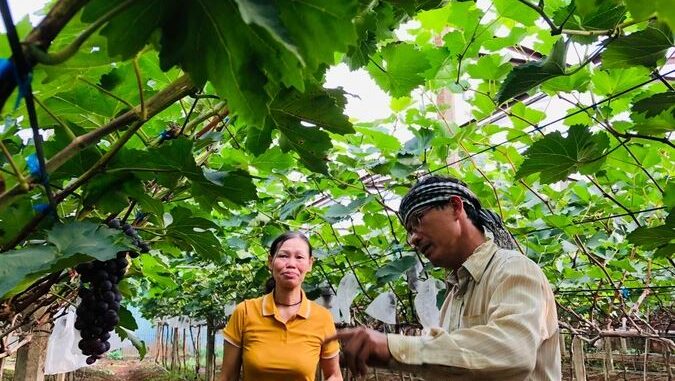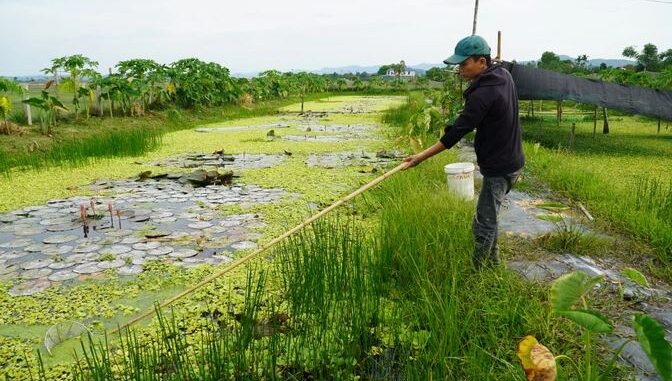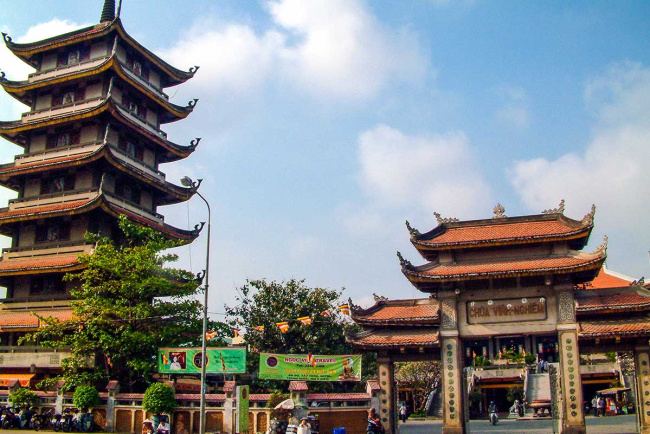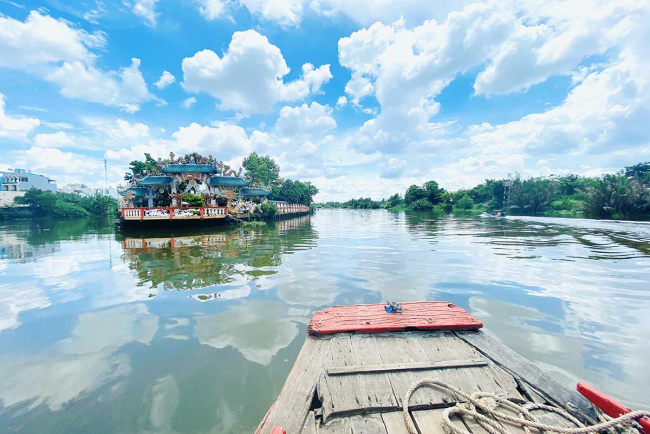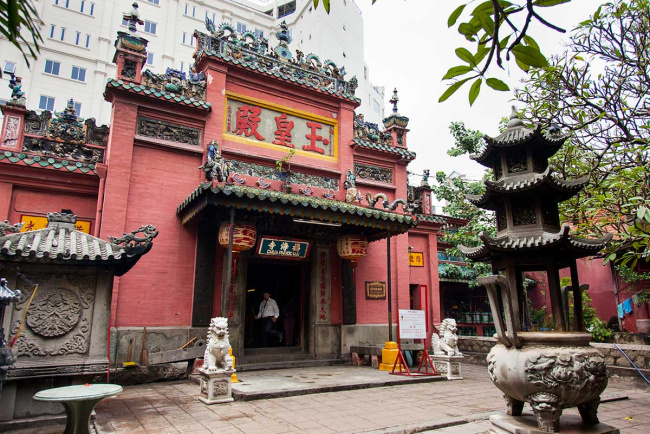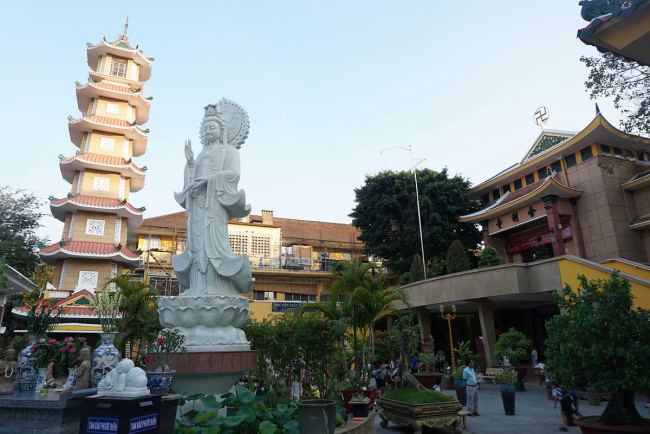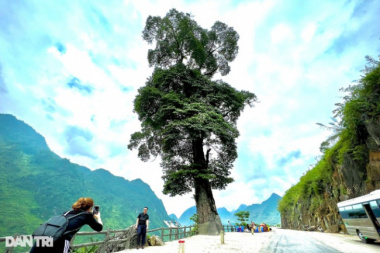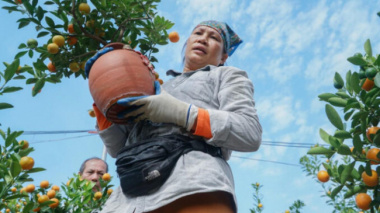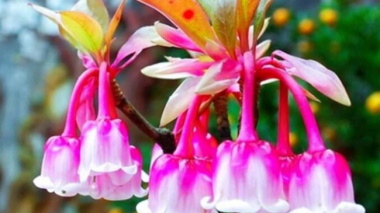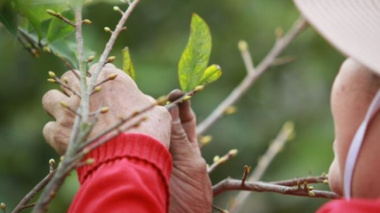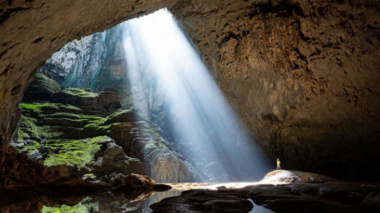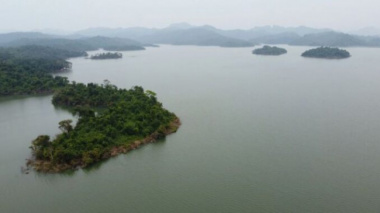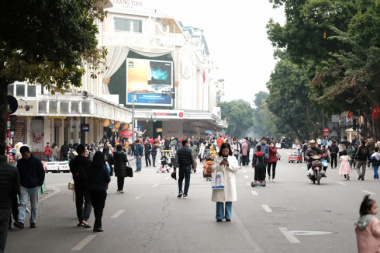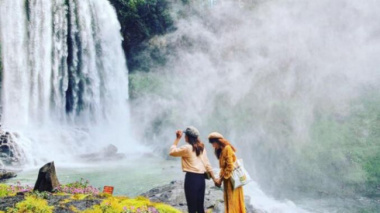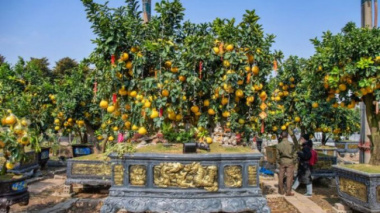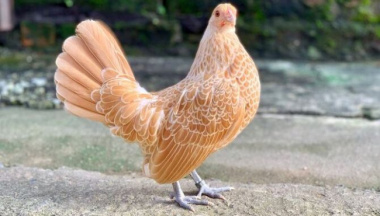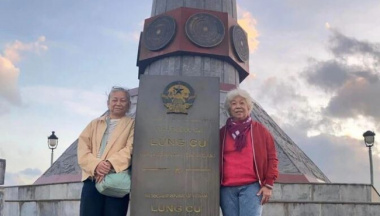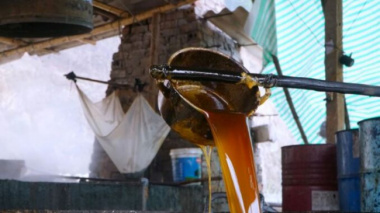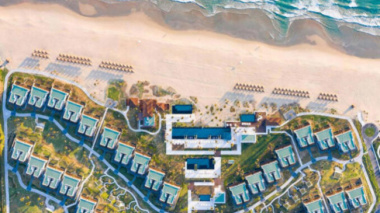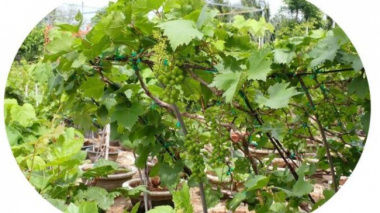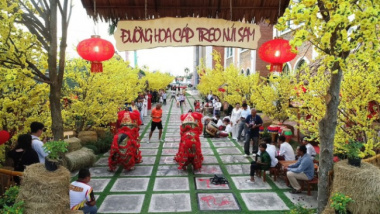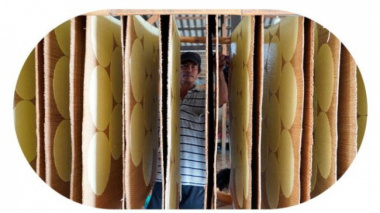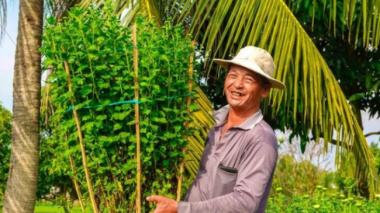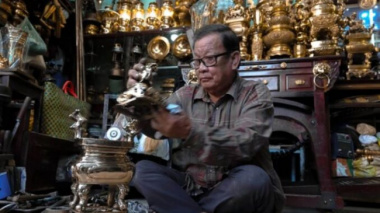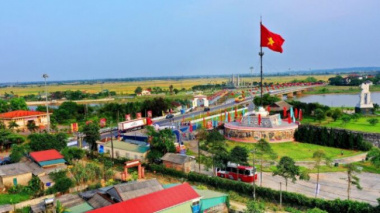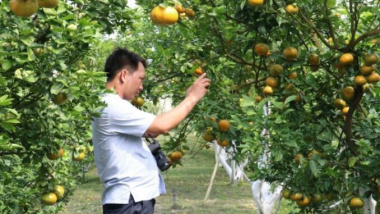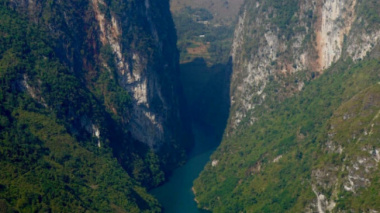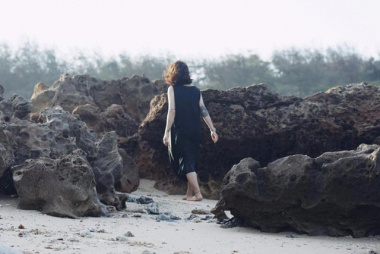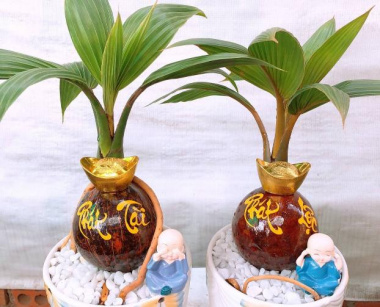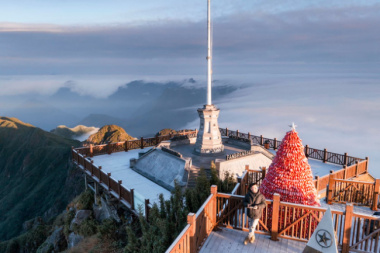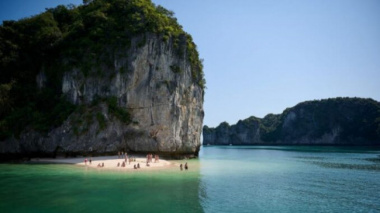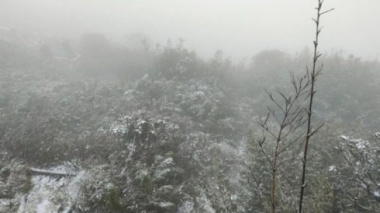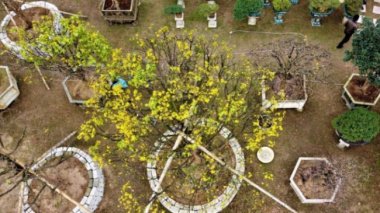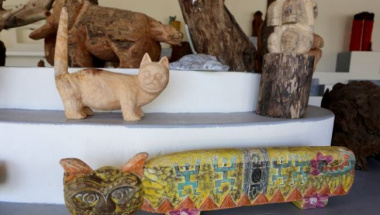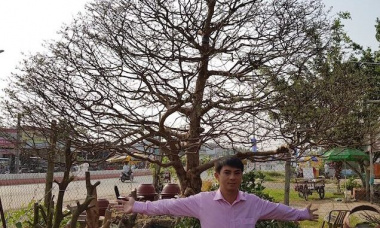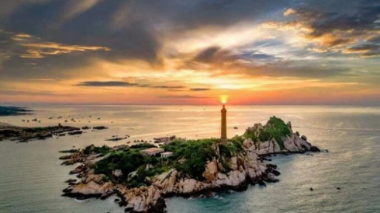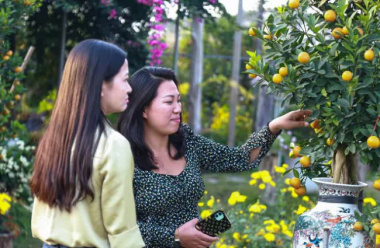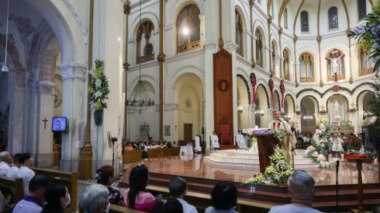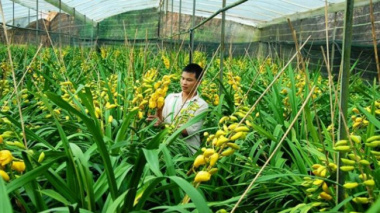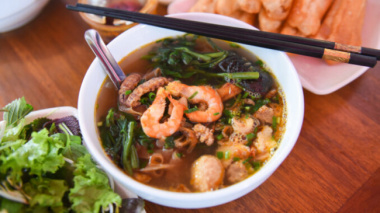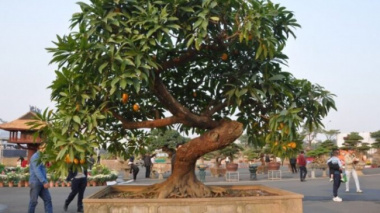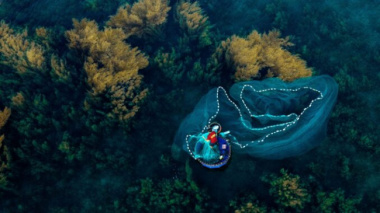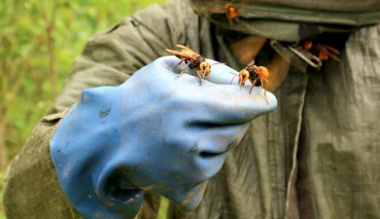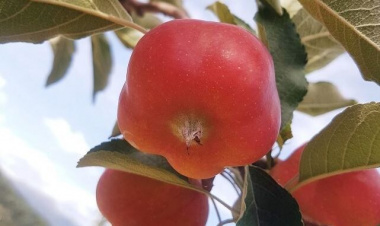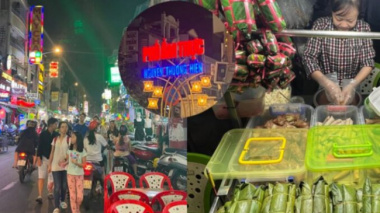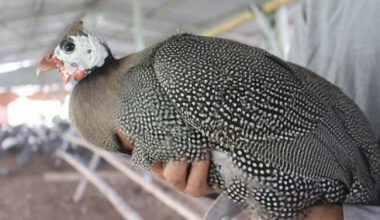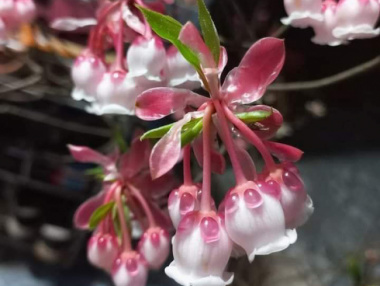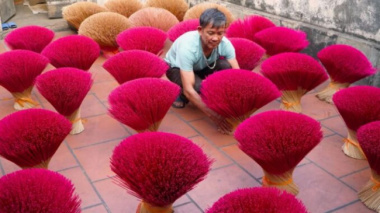Lai Chau Province, Vietnam
- How to Get to Lai Chau
- Capital City
- Famous Places in the Lai Chau Province
- Muong Te District
- Si Thau Chai Village
- Tam Duong District
- Main Attractions
- Phu Si Lung
- Pu Ta Leng
- O Quy Ho Pass
- Special Events
- Activities near Lai Chau Province
- Latest in Lai Chau Province
- Black (Da) River – Northwest Vietnam
Sharing a border with China, Lai Chau (Lai Châu) Province is one of the most sparsely populated areas in Vietnam. Covering 9,068.79 sq km (3,501.48 sq mi) of land, the province has an estimated population of only 460,196 people as of 2019. Being so remote, Lai Chau is a gateway to some of the most amazing landscapes.
Traveling peak to peak, tourists will have the chance to see tight-knit communities, breathtaking scenery, and some of the country’s tallest mountains.
How to Get to Lai Chau
Similar to much of Northwestern Vietnam, Lai Chau Province has a mountainous landscape that is primarily remote and undeveloped. The country’s second and third tallest mountains, Phu Si Lung and Pu Ta Leng, both sit in Lai Chau Province, while the tallest peak, Fansipan, is not too far away as it straddles between Lai Chau, Lao Cai (Lào Cai), and China.
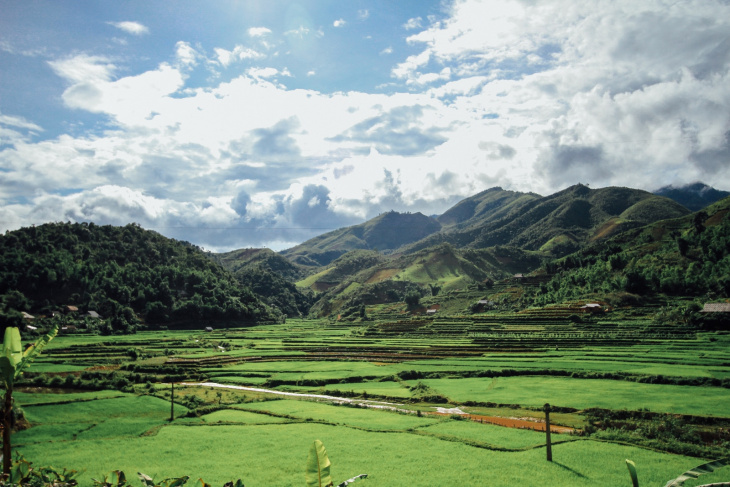
Verdant mountains and valley in Lai Chau Province, Vietnam. Photo: Adam Cohn
Lai Chau Province boasts amazing passes, deep valleys, calm lakes, and raging rivers. Being such a remote destination, most travelers will go to the provincial capital, also called Lai Chau, first to make a plan for the rest of their trip. Acting as a base camp, Lai Chau City sits beside a large lake and it is the only sizable urban area in the province.
Hanoi, the country’s capital, is 7 hours southeast of Lai Chau City. For travelers who are already in the area, the popular tourist destination, Lao Cai, is only 3 hours away from Lai Chau. Travelers can go by road or train to Lao Cai before continuing on to Lai Chau. Another option is to take a longer journey and head directly to Lai Chau by road using public or private transportation.
History
Prior to becoming a Vietnamese province, Lai Chau was a part of the White Tai, which was a semi-independent confederation. More widely known as Sip Song Chau Tai, the confederation dates back to the 17th century when chiefdoms ruled the mountains in Vietnam’s Northwest Region.
The name Sip Song Chau Tai is derived from a mix of Tai, Chinese, and Sino-Vietnamese. It’s most commonly translated as the “Twelve Tai Kingdoms” or “Chiefdoms”. By the 1880s, when French colonization started in Vietnam, the area around Lai Chau Province became a part of French Indochina.
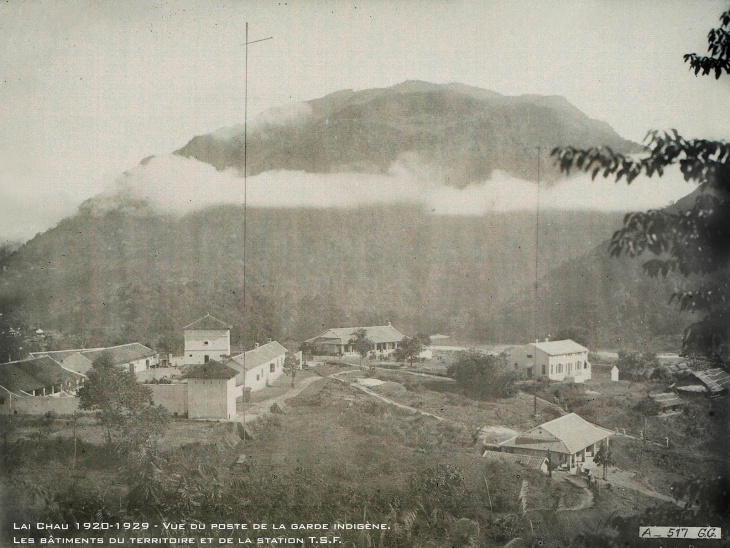
Guard post in Lai Chau. Photo: manhhai
For several decades, the French ruled over much of Vietnam. It wasn’t until Vietnam gained independence in 1954 that Lai Chau was integrated into the Northwest Autonomous Area of the Democratic Republic of Vietnam. This is when the province was formed and named Lai Chau.
Further changes to the province were made in 2004 when part of the area was separated to become the Dien Bien (Diên Biên) Province, which now sits underneath Lai Chau. Since 2004, Lai Chau has remained untouched and its population has been slowly growing. Still lacking the density of other provinces, Lai Chau is considered to be the poorest area in Vietnam.
Fun Facts
- There are no airports or railways in Lai Chau Province.
- Ethnic groups that live in Lai Chau Province include Thai, Kinh, Hmong, Hani, and Dao people.
- Tea has become a main agricultural product of Lai Chau Province, where it is grown and then exported domestically and internationally.
Capital City
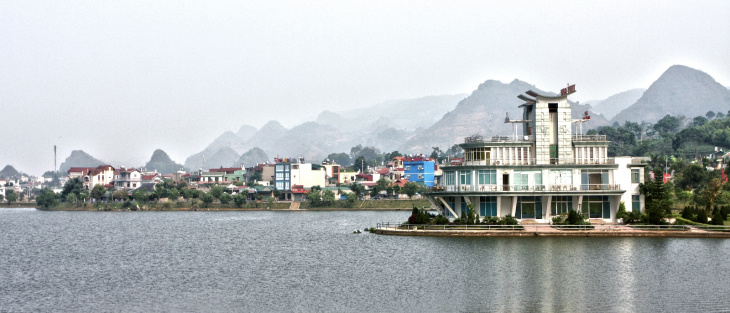
Lai Chau City, capital of the Lai Chau Province, Vietnam. Photo by: .
Once the seat of the Lords of the White Tai, Lai Chau City has become the capital of the province. Sitting in the north but close to the provincial border with Lao Cai, the city is the main attraction for tourists in the province. Tourists will fall in love with its lakeside landscape, and as the largest urban area in the province, the capital is the main hub for tourism.
Not exactly a famous destination, attractions in the city aren’t grandiose or particularly thrilling. Instead, visitors will have the chance to explore the quiet streets, lakeshores, markets, monuments, and hiking trails. Outside of the city, travelers can escape to mountainous landscapes by traveling to the summit of peaks or journeying along the winding passes.
Tourism in Lai Chau City is slowly building and for the time being, there aren’t many places for guests to overnight in the area. Of the limited options, guests won’t find glamorous resorts or luxury hotels. Instead, travelers should expect to find simple, but clean accommodation. Some of the best hotels in the city are the Muong Thanh Lai Chau Hotel, Anh Duc Hotel Lai Chau, and the Kieu Trinh Hotel.
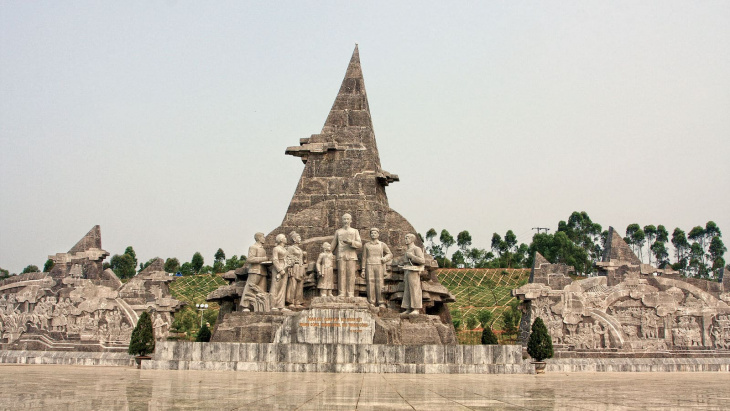
Lai Chai Town Square Monument. Photo:
Lacking an expansive import system, restaurants in Lai Chau typically serve traditional Vietnamese meals. Although a few places might try their best with pizza, travelers are more likely to be served noodles, rice, meat, and vegetables. To refuel, the best places to eat in Lai Chau City are the Nha Hang Manh Hung Restaurant, Manh Tuong Restaurant, and the Banh My Lai Chau.
Famous Places in the Lai Chau Province
Being one of the most remote provinces in Vietnam, Lai Chau doesn’t have many destinations that have become well-trodden by tourists. The most famous places that have attracted tourist attention are the Muong Te District, Si Thau Chau Village, and Tam Duong District. All remote, their breathtaking beauty and unique attractions, these are a “must-see” for tourists in Lai Chau.
Muong Te District
Far from the beaten track, Muong Te District sits in the high mountains of the Lai Chai. Rarely visited by foreigners, the district is perfect for ecotourists looking to hike, bike, and homestay their way through Northwestern Vietnam. Within the district, there is 1 town and 13 communes. Tourists can make their way through the district by traveling from community to community.
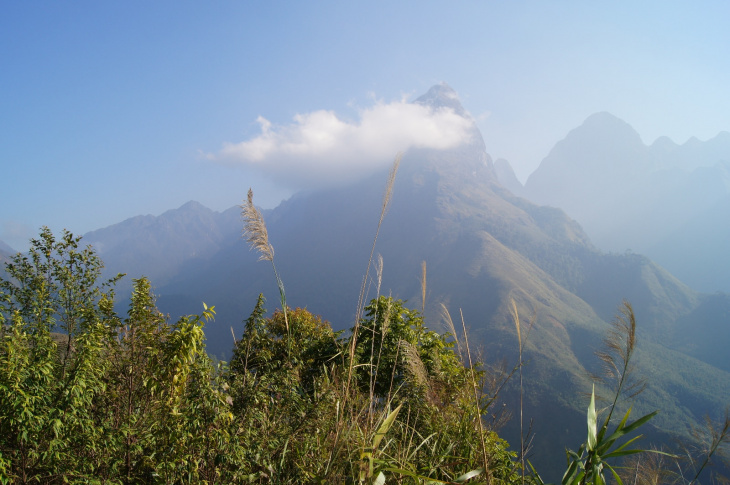
Mountains peaks in the Lai Chau Province, Vietnam. Photo by: Jols.
Si Thau Chai Village
Home to the ethnic Dao people, the Si Thau Chai Village has recently caught the eye of adventure travelers. With wild and untouched landscapes, tourists can hike around the village or paraglide through the clear blue skies. Atop a hill that overlooks the village, a homemade swing provides hikers with an excellent view of the mountains and valleys.
Truly local, accommodations in the village are provided by local families in the form of homestays. There is little tourist infrastructure in the area, so travelers should pack plenty of outdoor gear.
Tam Duong District
Perhaps the most famous district in Lai Chau, Tam Duong boasts some of the area’s most impressive remote landscapes. Home to thriving ethnic communities, three attractions that draw people to the area is the Tac Tinh (Tác Tình) Waterfall, Pu Sam Cap Cave, and Tam Duong Tea Hill.
Moreover, the ethnic villages are great places where tourists can see attractions like the Tam Duong Market. Sometimes called the “Love Waterfall”, Tac Tinh sits just outside of the Binh Lu Commune. Flowing from up on the cliff, the water cascades into the river below. Visitors can hike to this remote waterfall and bathe in the pool that sits at its base.

Visit the Tan Uyen Tea Hill in the Lai Chau Province, Vietnam. Photo by: NguyenTrung.
Called “green gold”, Tam Duong has an impressive Tea Hill where the locals grow a variety of leaves. A quick destination, tourists can visit the hill to take pictures and learn more about the local tea culture. Nearby and open to the public with assistance from locals, the Pu Sam Cap Cave Complex, which features 3 large caverns, provides a stunning glimpse into the subterranean world.
Main Attractions
Home to some of Vietnam’s tallest mountains, tourism in this northern province is fueled by its rugged beauty. Although extremely remote, Lai Chau has several famous attractions within its borders. Taking visitors high above the clouds, Lai Chau’s main attractions are Fansipan, Phu Si Lung, Pu Ta Leng, and the O Quy Ho (Ô Quy Hô) Pass.
Fansipan
Extending between Lai Chau Province, Lao Cai Province, and China, Fansipan (Phan Xi Pang) is the tallest mountain in Vietnam. Nicknamed the “Roof of Indochina”, the peak stands around 3,147 m (10,325 ft) tall. Although most of the peak falls within the neighboring Lao Cai Province, travelers can head to Lao Cai City for the easiest path to the summit.
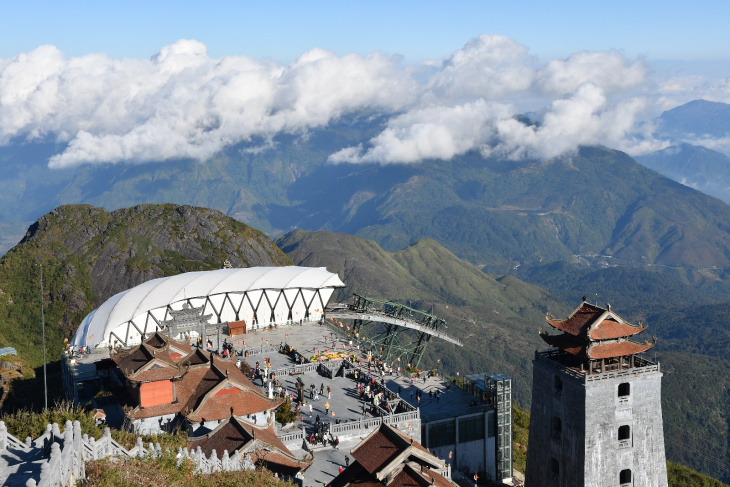
Visit the summit of Fansipan near the Lai Chau Province, Vietnam. Photo by: Duc Le.
A cable car takes visitors up the mountain and a theme park sits at the top. On clear days, the view from Fansipan is nearly endless.
Phu Si Lung
The second tallest mountain in Vietnam is Phu Si Lung. Close to Lai Chau Province, the majority of Phu Si Lung actually sits in China, however, the international border doesn’t stop the bravest adventurers from planning to take a trek on this epic peak.
Much more remote than Fanispan and lacking tourist infrastructure, visitors will need to obtain a permit from the Vietnamese government before setting off on their journey. A bodyguard will be assigned to all hikers for the duration of their time on the mountain.
Pu Ta Leng
The third tallest mountain in Vietnam is Pu Ta Leng. Easier to summit than Phu Si Lung, tourists can travel to Ta Leng Village to begin the trek to the top. For those that aren’t interested in summiting the mountain, the ethnic communities at its base are great places to view Pu Ta Leng and the landscape around its base.
O Quy Ho Pass

O Quy Ho Pass. Photo: Khánh Hmoong
Part of the National Highway 4D, O Quy Ho Pass sits in two provinces, Lai Chau and Lao Cai. Featuring windy paths, as the road climbs, travelers are rewarded with magnificent views of the Hoang Lien Son Mountain Range.
The most common way to journey the pass is to start in Sapa and end in Lai Chau. Along the way, tourists should consider stopping to view the Silver Falls, which sit right next to the road. Numerous pullover spots also allow tourists to stop and photograph the scenery.
Special Events
With the Mong ethnic group living throughout Lai Chau Province, officials created the Mong Ethnic Culture Festival to promote tourism and protect the local culture. Typically held in December, the festival is rather new and includes ceremonial performances, dances, parades, and workshops.
The main celebration is held in Lai Chau City, but many of the local villages and communes will celebrate too. For being a small province, crowds at the festival have been recorded as having up to 4,500 people in attendance. Travelers in Lai Chau during the Mong Ethnic Culture Festival should book their accommodation or homestay early.
Weather
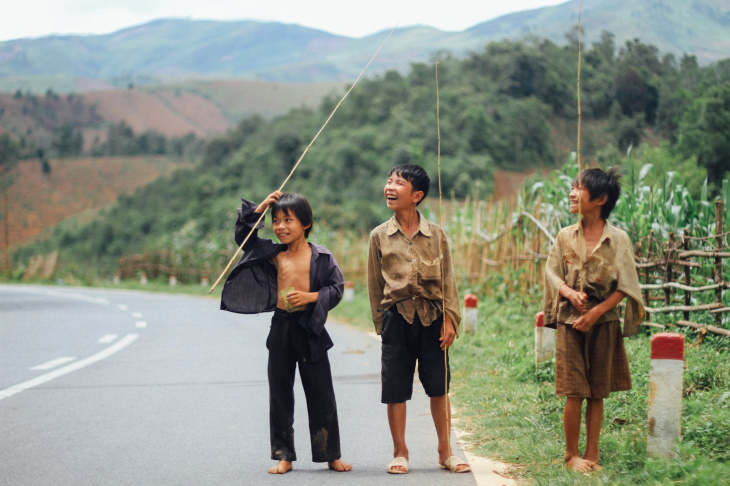
Children with fishing rods on the side of the road in Lai Chau. Photo: Adam Cohn
Lai Chau Province has a tropical monsoon climate, meaning there’s a wet and dry season. Beginning as early as May and lasting as late as September, heavy rain, humidity, and high temperatures saturate the province. With most of the province’s activities based on the outdoors, the wet season is the slowest time for tourism in both Lai Chau and much of Vietnam’s Northwest Region.
Instead, tourism peaks during the dry season. Starting in November and lasting until March, the dry season brings cooler weather and less rain to the area, which is ideal for outdoor activities. Lai Chau sees an increase of tourists during this time with massive crowds gathering during the New Year holiday.
While dry, travelers should remember to pack warm gear if they will be in Lai Chau during the winter months. With the high altitudes, the winter temperatures can drop as low as 40° F (4.4° Celsius).
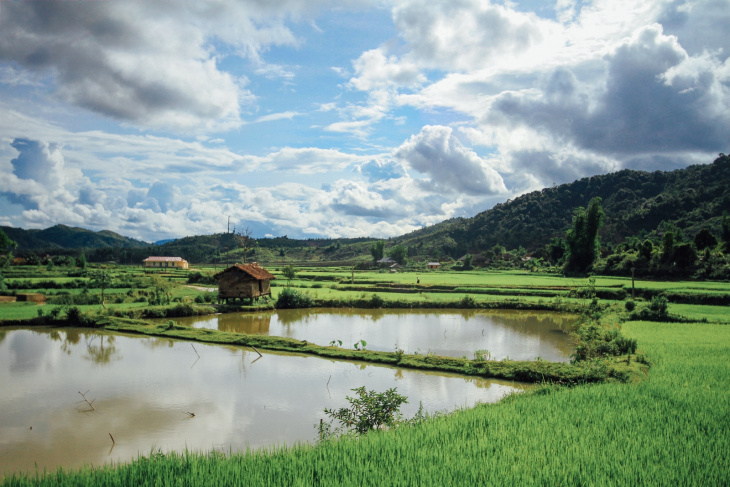
Growing rice in the Lai Chau Province. Photo: Adam Cohn
Stretching from the border with China and through some of Northwestern Vietnam’s most impressive peaks, Lai Chau Province is waiting for its big breakthrough to become a prominent tourist destination. For now, the province remains untainted by the pandemonium of mass tourism, which makes it all the better for remote adventures and wilderness explorers.
Activities near Lai Chau Province
Amusement Parks:
Cable Car:
Mountains:
National Parks:
Rivers:
Routes:
Towns:
Waterfalls:
Latest in Lai Chau Province

Black (Da) River – Northwest Vietnam
The Black River, also known as “Da River,” is 910 km/565 miles long and stretches over…
View more Lai Chau Province articles
Đăng bởi: Đức Nguyễn


